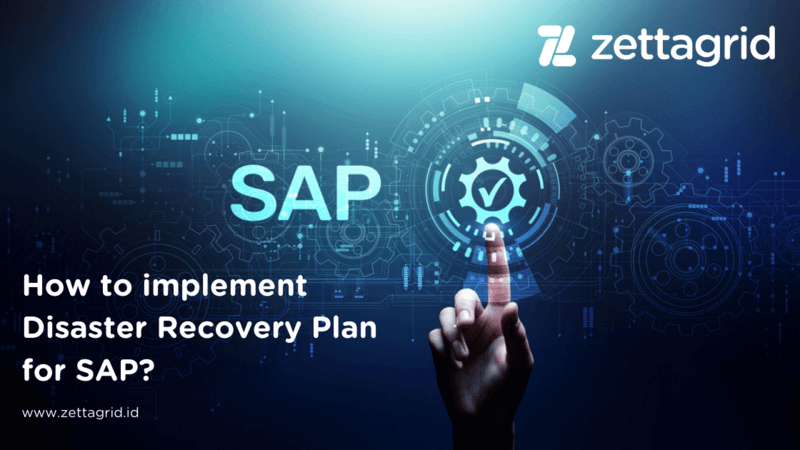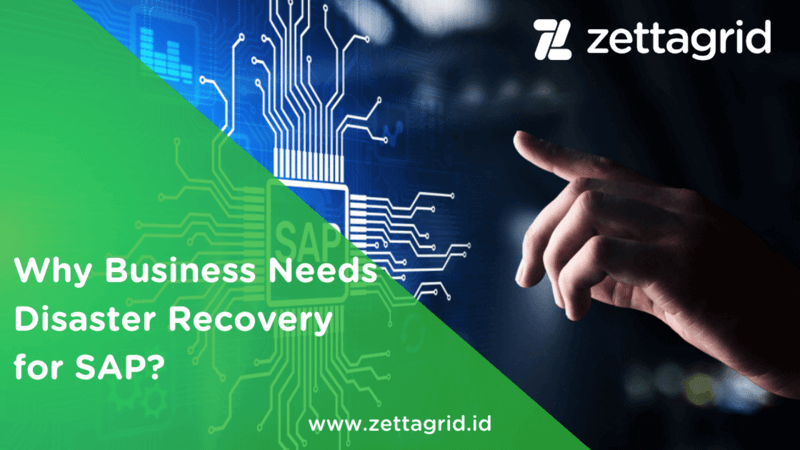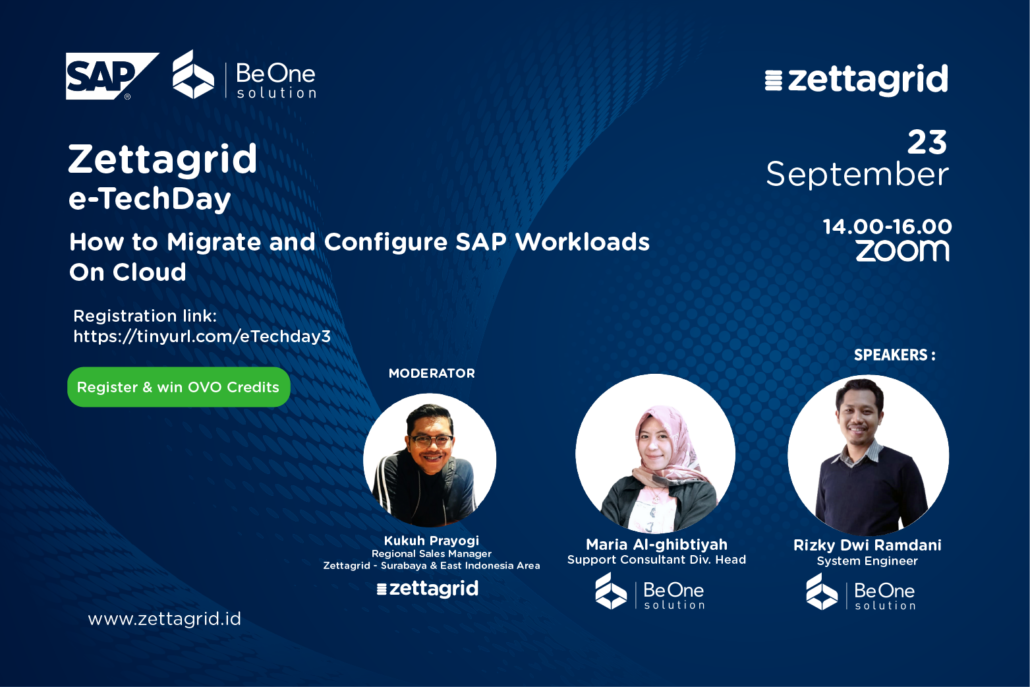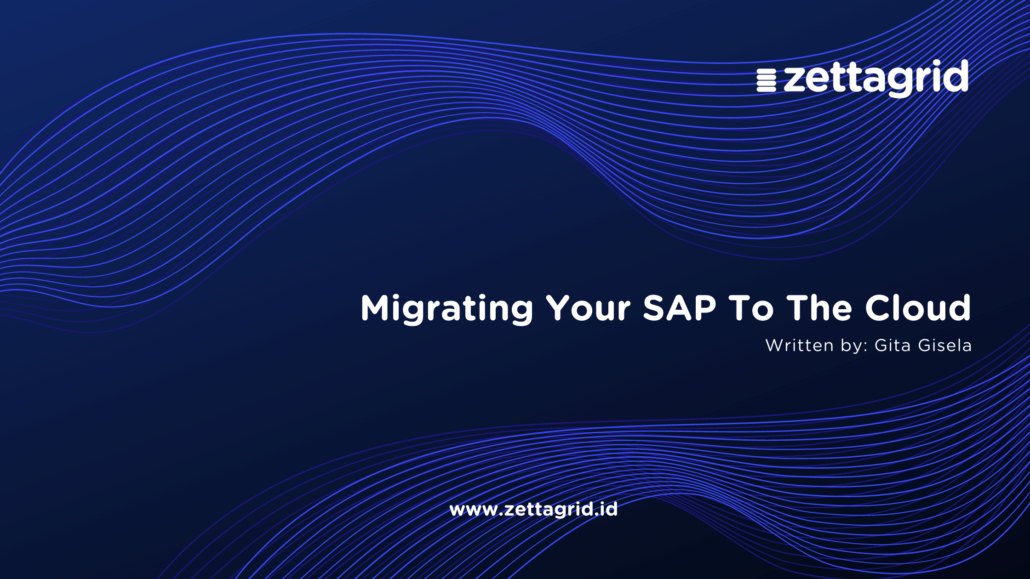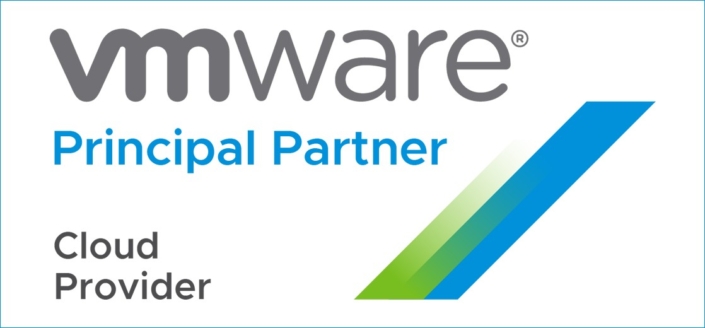Apa Itu SAP Cloud dan Keuntungannya untuk Perusahaan?

System Application and Product in Data Processing Cloud (SAP Cloud) saat ini menjadi salah satu kebutuhan penting yang perlu dimiliki oleh perusahaan bisnis dengan skala yang besar. SAP Cloud platform juga terbukti dapat meningkatkan produktivitas SDM dan juga efisiensi bisnis, sehingga penggunaan SAP Cloud hosting saat ini adalah pilihan yang tepat yang bisa Anda lakukan untuk bisnis Anda.
Namun, sebelum mengetahui terkait keuntungan atau manfaat SAP Cloud, sebaiknya Anda perlu tahu tentang apa itu SAP Cloud!
Apa itu SAP Cloud?
SAP Cloud adalah sebuah solusi cloud computing yang disediakan oleh SAP, teknologi global yang terkenal dengan sistem perencanaan sumber daya perusahaan (ERP) dan solusi bisnis yang inovatif. SAP Cloud memungkinkan perusahaan untuk bisa memanfaatkan infrastruktur cloud yang aman untuk mengelola dan menjalankan aplikasi bisnis Anda.
Dengan mengimplementasikan SAP Cloud hosting membuat Anda bisa menggunakan SAP tanpa install sistem di perangkat, selain itu Anda juga bisa mendapatkan akses data dengan internet yang sudah terhubung dengan cloud SAP dengan mudah karena Anda perlu menyerahkan semua kebutuhan perusahaan kepada penyedia SAP Analytic Cloud yang sudah disepakati.
Anda hanya perlu membayar apa yang bisnis Anda butuhkan, dan Anda sudah bisa langsung mengakses data melalui internet yang langsung tersambung ke server, dan semua kegiatan atau kebutuhan yang memiliki keterkaitan dengan SAP aka langsung dijalankan oleh server yang tersimpan atau terhubung ke cloud.
Manfaat dan Keuntungan SAP Cloud
Ada banyak manfaat SAP Cloud yang sangat beragam dan juga bisa memberikan dampak positif terhadap perusahaan Anda. Berikut beberapa manfaat utama SAP Cloud!
1. Skalabilitas dan Elastisitas
SAP Cloud bisa memungkinkan perusahaan untuk mengubah kapasitas dan ukuran sumber daya IT sesuai dengan kebutuhan bisnis Anda, dengan skalabilitas yang mudah membuat perusahaan dapat mengatur infrastruktur cloud untuk menyesuaikan dengan pertumbuhan bisnis yang cepat, sehingga Anda bisa menghemat biaya karena Anda hanya perlu membayar sumber daya yang perusahaan gunakan saja.
2. Keamanan Data yang Tinggi
Dengan menggunakan SAP Cloud tentunya solusi cloud computing akan menawarkan fitur keamanan yang tinggi dengan teknologi dan layanan yang terus menerus meningkat. Aplikasi bisnis yang dijalankan oleh SAP Cloud juga akan memiliki down time yang minimal, mengurangi resiko kerugian bisnis yang disebabkan oleh kegagalan sistem.
3. Integrasi yang Mudah
SAP Cloud juga memungkinkan integrasi yang mudah dengan sistem dan aplikasi bisnis yang Anda, sehingga memungkinkan perusahaan untuk menghubungkan dan berbagi data antara aplikasi yang berbeda, meningkatkan efisiensi operasional dan kolaborasi antar departemen.
Integrasi yang lancar juga membuat perusahaan bisa memanfaatkan solusi SAP yang ada dan bisa mengadopsi solusi baru dengan cepat.
4. Pembuatan Keputusan dan Analisis yang Cepat
Manfaat lain dari penggunaan SAP Cloud adalah dengan memiliki layanan analisis yang kuat sehingga membuat perusahaan Anda bisa mendapatkan wawasan yang mendalam dari data yang sudah terhubung dengan cloud server.
Dengan adanya analisis terintegrasi juga membuat perusahaan dapat mengumpulkan, menganalisis, dan memvisualisasikan data bisnis untuk mendukung pengambilan keputusan yang lebih baik dan strategi yang lebih efektif.
5. Efisiensi Operasional dan Biaya yang Lebih Rendah
Mengadopsi SAP Cloud Hybrid juga membuat perusahaan dapat mengurangi biaya infrastruktur IT yang mahal karena perusahaan tidak perlu menginvestasikan hardware dan software di lokasi bisnis Anda. Selain itu, dengan adanya skalabilitas dan efisiensi yang ditawarkan oleh SAP Cloud membuat perusahaan dapat mengoptimalkan operasi perusahaan dan mengalokasikan sumber daya dengan lebih efektif dan menghasilkan penghematan biaya yang signifikan.
6. Inovasi dan Update Berkala
Manfaat SAP Cloud yang terakhir adalah perusahaan Anda dapat mengikuti perkembangan teknologi terbaru dan juga inovasi bisnis yang bisa menguntungkan karena SAP terus memperbaharui dan meningkatkan solusi cloud dengan fitur-fitur keamanan yang tinggi. Hal ini memungkinkan perusahaan untuk tetap relevan dan mengadopsi teknologi yang canggih untuk sistem operasional perusahaan.
Dengan memanfaatkan SAP Cloud juga dapat meningkatkan fleksibilitas, efisiensi, keamanan, dan inovasi dalam operasi bisnis perusahaan dan bisa membantu bisnis untuk tetap kompetitif di pasar yang semakin ketat dan mengalami perubahan dengan cepat.
Untuk Anda yang masih bingung untuk memilih layanan SAP Cloud yang sesuai dengan perusahaan Anda sekarang, sebagai provider cloud di Indonesia, Zettagrid Indonesia menawarkan layanan cloud solution yang bisa membantu Anda melindungi data perusahaan. Anda juga tidak perlu meragukan kualitas layanan kami, karena kami sudah memiliki sertifikasi dari ISO 270001, ISO 9001, PCI DSS, VMWare, Zerto, Veeam, dan PSE Kominfo Republik Indonesia.
Anda dapat berkonsultasi dengan tim kami melalui sales@zettagrid.id atau klik di sini untuk mengetahui teknologi IT apa saja yang dibutuhkan oleh perusahaan Anda.

